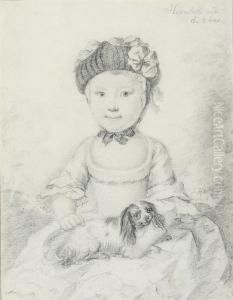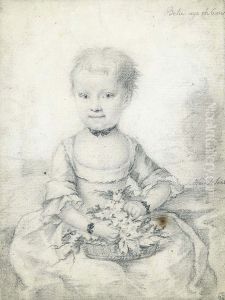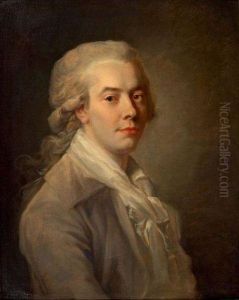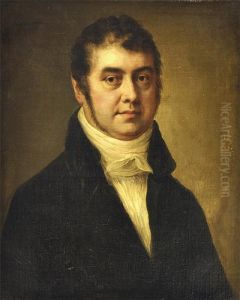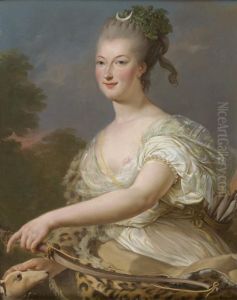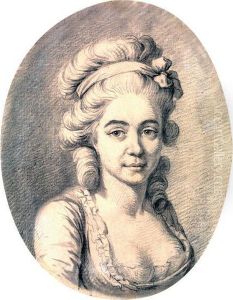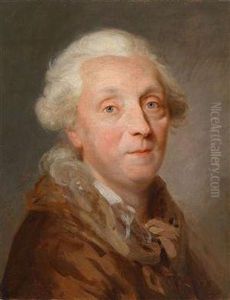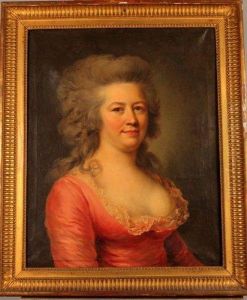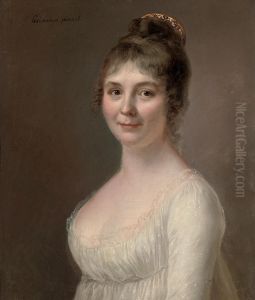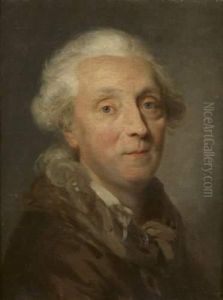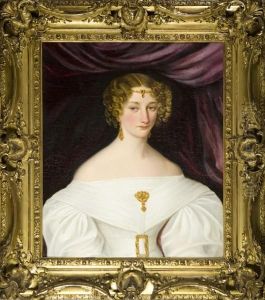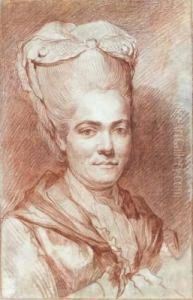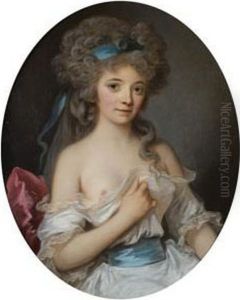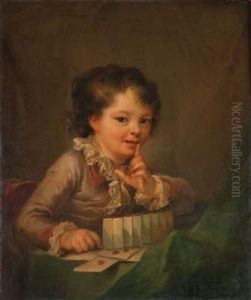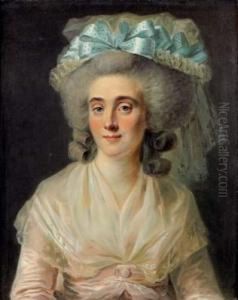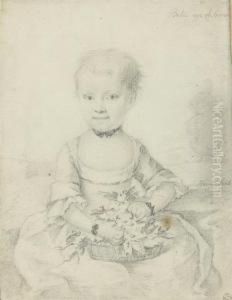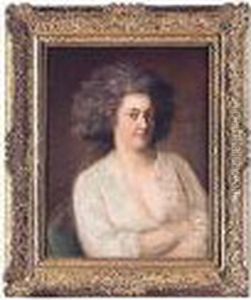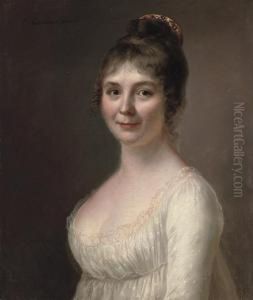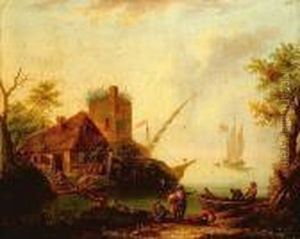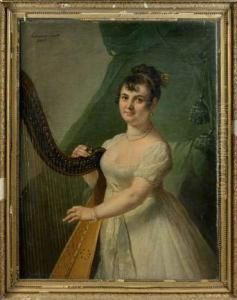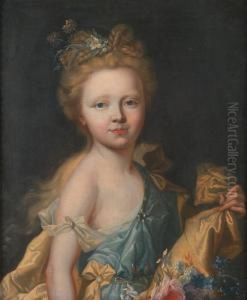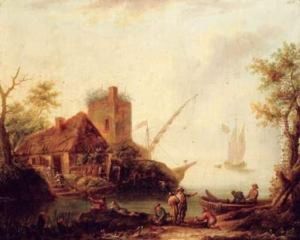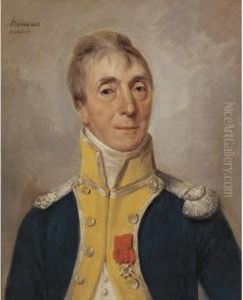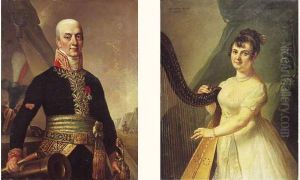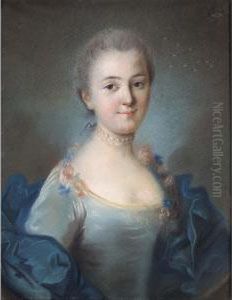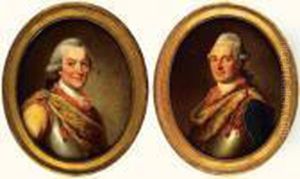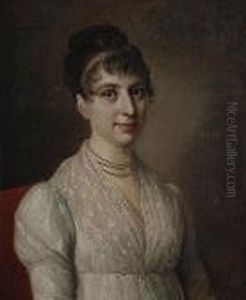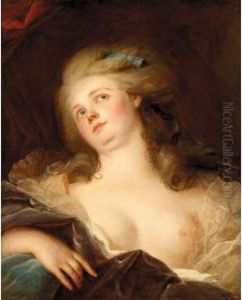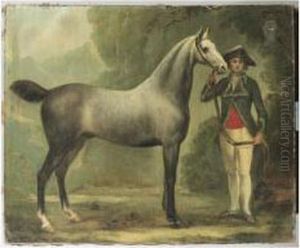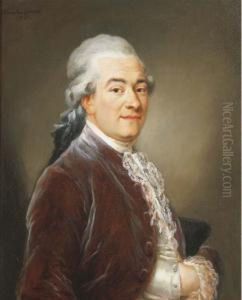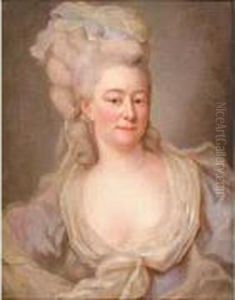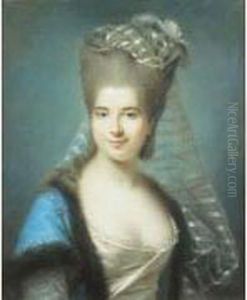Johann Ernst, Julius Heinsius Paintings
Johann Ernst Heinsius was a German painter who is less well-known today but was active during the 17th century. Born in Weimar, Germany, in 1620, Heinsius came from a family with strong artistic traditions. His father, Johann Heinrich Heinsius, was also a painter, and it is likely that Johann Ernst received his initial artistic training from him.
Heinsius's work mainly consisted of portraits, and he became particularly noted for his depictions of the nobility and other prominent figures of his time. His style was influenced by the prevailing Baroque sensibilities, characterized by an emphasis on drama, rich colors, and contrast between light and shadow, which was typical of the period.
Throughout his career, Heinsius traveled extensively, which was common for artists of his time seeking commissions. He worked in various courts across Europe, which helped him to develop a network of patrons. His ability to capture the likeness and character of his sitters made his work sought after.
Despite his travels, Johann Ernst Heinsius remained deeply connected to his roots in Thuringia, Germany. He passed away in 1686 in his hometown of Weimar, leaving behind a body of work that would influence future generations of artists within his family, including his son, Johann Heinsius, who also became a painter.
Unfortunately, much of Heinsius's work has not survived or has been overshadowed by more prominent artists of his era, which is why he is not as well remembered today. Nevertheless, his contributions to portrait painting during the Baroque period continue to be recognized by art historians who study the era.
